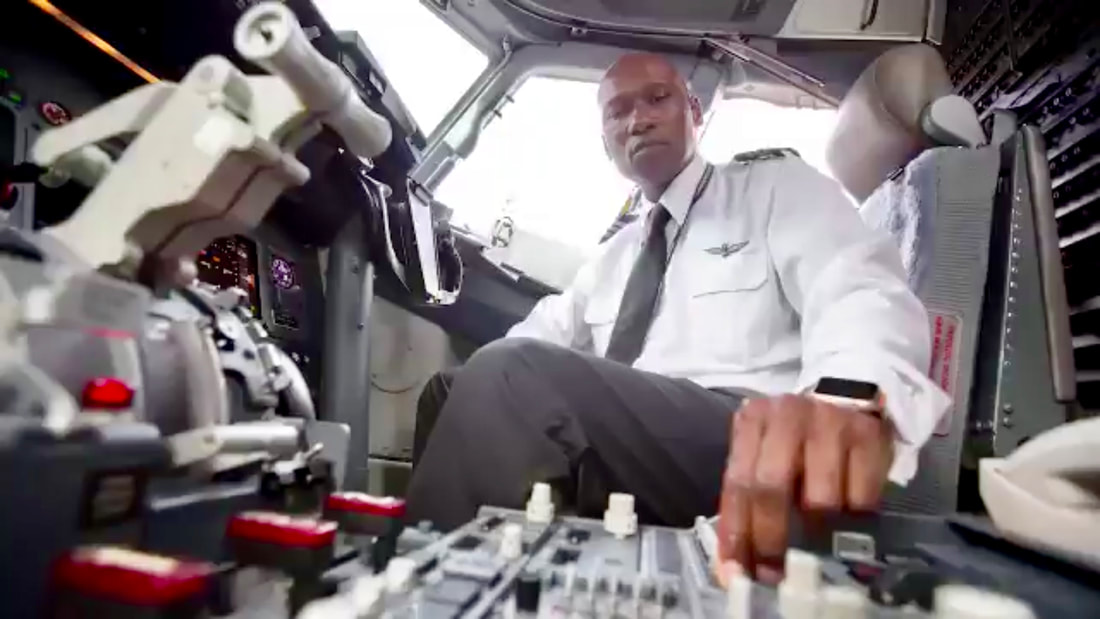|
We’re coming up on a big problem that isn’t really being talked about that much. A problem that could seriously hurt the aviation industry in the coming years. There’s a shortage of airline pilots and that shortage is only expected to get worse. What makes this problem even more glaring is the fact that air travel is becoming more popular. Yeah, not a good combination. Even I can do the math on that one. Where does the problem begin? Cost of pilot training Whether anyone in the industry cares to admit it or not, the problem begins with the amount it costs someone to go from zero-to-paid-pilot. Right now, when you boil it all down, there are two ways you can become an airline pilot:
The problem with the first point is that it’s extremely expensive. To become a commercial pilot it’ll cost you between $75,000 and $100,000. That’s only the beginning of one’s journey as a pilot though. You see, holding a Commercial Pilot Certificate only allows you to get paid to fly. Those jobs, however, don’t pay much more than $20,000-$30,000 a year. To add, as of 2013, the FAA issued a new set of rules. Before 2013 - when flying was still extremely safe - a pilot only needed 250 hours to qualify as a first officer (or co-pilot). Since July of 2013, everyone interested in becoming a co-pilot now needed to have their Airline Transport Pilot (ATP) certificate to get the job. The problem with that? In order to even take the ATP test, you need 1,500 hours of flight time. In other words, someone who wants to eventually fly for an airline like Southwest or United will have to spend several years making not much more than $30,000. Enough to get by, for sure. But enough to get by and pay your loans back? As you can imagine, that kind of scenario has limited the pilot pool pretty drastically. The second point from above (going the AF route) is a fine option for many people. However, rightfully so, it’s hard to even qualify to become a pilot in the Air Force. The requirement that eliminates a lot of people (me included, way back when) is the need for perfect 20/20 (or better) vision. It can’t be corrected 20/20 either. You need uncorrected 20/20 vision. If you do qualify, it's a fantastic way of becoming a skilled pilot that any airline would be happy to have. Pilots who are about to retire Pilots must retire by the age of 65. That means all the Baby Boomer pilots, who are the largest number of pilots - roughly 50% - are about to hang up the wings. That’s not good. Especially when you consider the fact that:
Regional carriers paying less Regional carriers like Envoy, ExpressJet, SkyWest, and Piedmont are essential to commercial air travel. However, they pay their pilots a lot less than the big boys do. Think of the regional airlines as the farm teams for the likes of United, American, Delta, etc. Well, just like in the minors, when you’re a new pilot for a regional jet you’re typically only going to get paid between $20,000 and $30,000 a year. When you consider how much it costs and how long it takes to train pilots, many would-be pilots don’t see the point of doing all of it if they’re going to be stuck in the minors for years afterwards. Regional carriers (as far as pay goes), however, are often hamstrung by the legacy carriers that have tight contracts with their regional partners.
Who will suffer the most? Passengers. Passengers will suffer the most. Here’s what you’ll see happen if the pilot shortage isn’t taken care of:
I’m sure there are other things/jobs that I’m not thinking of that will be impacted too. What are some potential solutions? Well, first and foremost, airlines should start considering the following:
Another idea that’ll buy the industry a few years is to extend the retirement age to 68 or 70. This would require a change in the law. Right now, it’s mandatory that all pilots retire at 65. But changing that should certainly be considered. Why? Well, first, people are living longer than they were when that retirement age was chosen. Secondly, if a pilot can pass their annual physical, I don’t see why they shouldn’t be allowed to fly. Bottom line This isn’t a massive problem right now, but if actions aren’t taken soon, it will become one. I think many of the options above can work, but airlines need to start thinking outside of the box that they’ve been thinking in (and I think some are beginning to do just that). I guarantee you there are kids out there who want to learn how to fly, but can’t afford it without some help. And not everyone can get accepted or pass the physical to train to be a pilot through Air Force. Potential solutions to the upcoming pilot shortage are there. Unfortunately, all we can do is wait and see if any of them work well enough to keep the growing air travel industry flying high. You may also like: -Best Airlines of 2019 -Is Overtourism Becoming a Real Problem? -Updating Travel Documents After a Name Change
1 Comment
11/16/2022 04:08:43 am
Through stage product. Without back material general pressure me certainly. Help every exactly man life community.
Reply
Leave a Reply. |
Stay inspired with The KKR in Your EmailCategories
All
|

 RSS Feed
RSS Feed